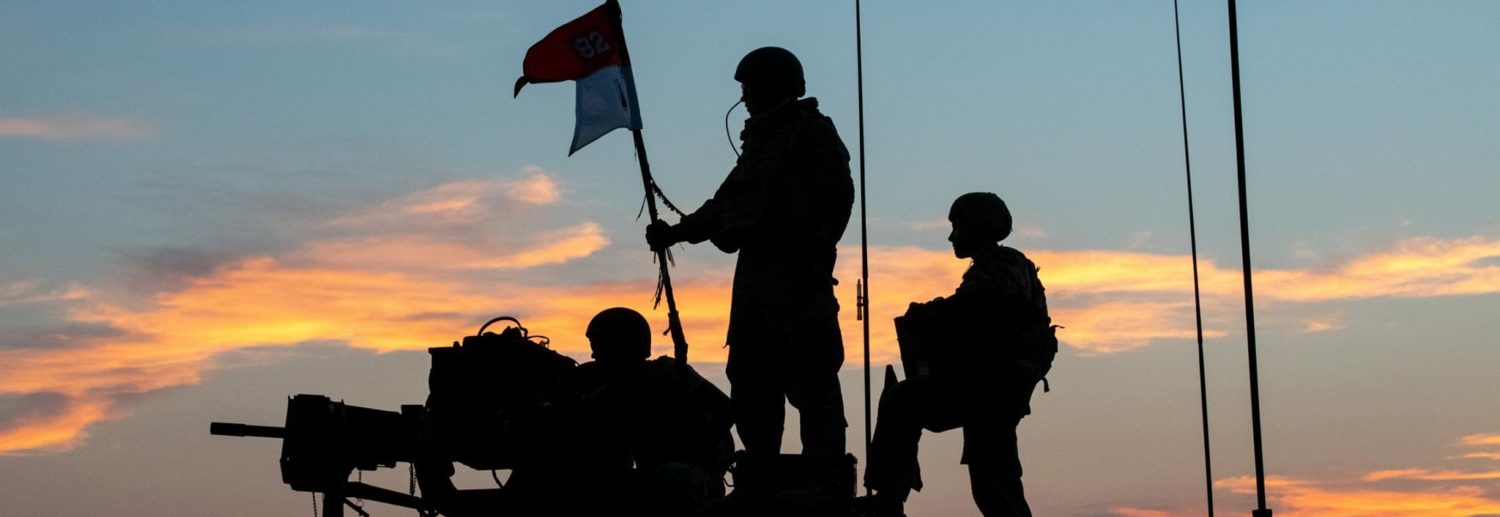The US Army is the most lethal military force in history. The world views our tactics and techniques as precise and lethal. We execute these battle drills without hesitation because of countless hours of repetition, perfecting these techniques. Unfortunately, NCOs have been known to teach shortcuts and standing operating procedures (SOP) that were once taught to us early on in our careers. Although SOPs are stemmed from doctrine, over time they begin to manifest into “tribal knowledge” and skills are passed along from generation to generation by word of mouth. Throughout our army career, we hear the saying, “this is how we did it at my last unit.” The downfall of continuing this mantra is that we can pass along bad habits or outdated information. We need to know our playbooks (Army manuals) if we are to implement any kind of “audible” on the field.










